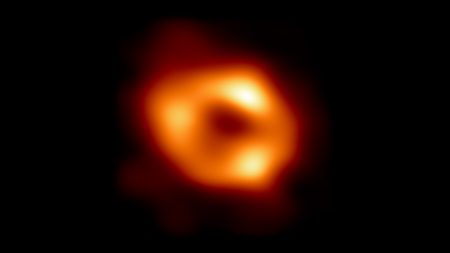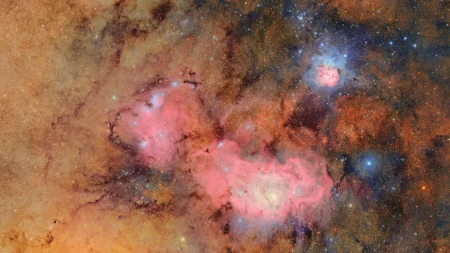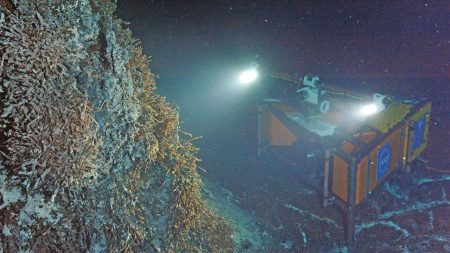Ancient Chinese Skull Reshapes Our Understanding of Human Evolution
A million-year-old skull discovered in China is offering fresh insights into human evolution, challenging long-held assumptions about our ancestors. Scientists have completed a digital reconstruction of the “Yunxian 2” skull, uncovered in 1990 from a riverbank in central China, revealing features that were previously distorted by crushing during burial. This remarkable fossil appears to represent an early member of an Asian hominid lineage that culminated in an extinct species called Homo longi, according to research published in Science by paleoanthropologist Xiaobo Feng and colleagues from Shanxi University.
The significance of this discovery extends beyond just identifying another ancient human relative. The researchers propose a framework that could resolve confusion surrounding numerous Middle Pleistocene hominid fossils dating from roughly 789,000 to 130,000 years ago. Their analysis suggests something truly surprising: the ancient lineage leading directly to modern humans (Homo sapiens) shared a closer evolutionary relationship with Homo longi and its ancestors than with Neandertals. Even more intriguingly, they classify Denisovans—a mysterious human population previously known primarily from DNA rather than fossils—as members of Homo longi, positioning them as closer relatives to our species than Neandertals were.
This reconstruction work has been painstaking and essential. When Yunxian 2 was discovered alongside another specimen (Yunxian 1) during excavations that began in 1989, both skulls were badly crushed. A third specimen, Yunxian 3, was found in 2022 but hasn’t yet been fully described in scientific literature. The age of these fossils—approximately one million years—was determined by analyzing magnetic field reversals recorded in surrounding sediment layers and bones of extinct animals found nearby. What makes Yunxian 2 particularly interesting is its unusual combination of features: a long, low braincase that nonetheless contained a relatively large brain, along with narrowly spaced eye sockets and a wide, flat nasal opening that connect it to the later Homo longi specimens.
To establish Yunxian 2’s place in human evolution, Feng’s team compared it with 104 other hominid skull and jaw specimens from Africa, Asia, and Europe. Using computer analysis to identify patterns of anatomical similarities, they constructed evolutionary trees that most effectively explained the distribution of different skeletal traits. Their calculations suggest that the Homo longi lineage (including Yunxian 2) shared a common ancestor with the lineage leading to modern humans around 1.32 million years ago. This timeline aligns with recent DNA studies indicating that two ancestral populations of modern humans diverged as early as 1.5 million years ago. Meanwhile, the researchers calculate that the Neandertal lineage emerged separately around 1.38 million years ago.
Not all scientists are convinced by these conclusions, however. Paleoanthropologist Sheela Athreya of Texas A&M University points out that Middle Pleistocene evolution remains mysterious, with Homo fossils displaying varying combinations of skeletal traits that resist neat categorization into distinct lineages. The relationship between Denisovans and proposed Homo longi fossils remains particularly contentious. Feng’s team, however, stands by their classification, which includes not only the Yunxian specimens but also China’s 146,000-year-old Harbin skull (nicknamed “Dragon Man”) and several other Chinese fossils of similar age, along with the Denisovans.
As paleoanthropologist and study co-author Chris Stringer from London’s Natural History Museum notes, if the Yunxian 2 skull truly provides a glimpse of human anatomy shortly after the origins of both the Homo longi and Homo sapiens lineages, “it may represent one of the most important windows into evolutionary processes that shaped our genus.” The implications are profound: this single reconstructed skull from central China could fundamentally alter our understanding of where we came from and how we relate to other ancient human species who once shared our planet.















